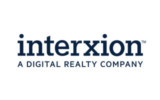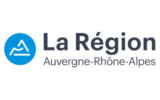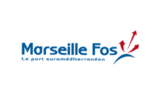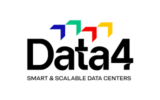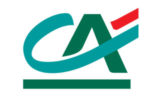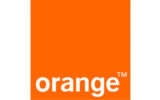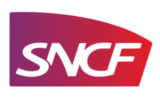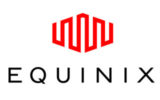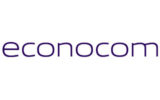Extending the lifespan of an existing data center and keeping expenditure down
The digital economy is creating ever-increasing demand for data centers. However, the investment they represent is leading companies to seek to extend their lifespan, particularly in uncertain economic times. A few pointers for giving an existing data center a fresh lease of life.
Optimise the IT equipment hosted in the data center
The secure hosting of IT and telecoms equipment is a data center’s raison d’être. So, the first action to take to inject new life into a data center is to take a precise inventory of the IT hardware. This will identify the oldest equipment, which is energy-hungry and drains lots of power for cooling. It will also allow you to measure the actual utilisation rate of individual items: most of the time, servers are only used to 10 or 20% of their capacity.
Replacing the oldest equipment, consolidating servers and optimising their capacity are crucial steps in extending the lifespan of a data center. Improvements in technology, making it possible to deliver ever more power in less space, also help to achieve this goal: for example, virtualisation avoids having to always install new physical servers when application or storage needs change.
Containing electrical and heat density: an impossible exercise?
Optimising IT equipment is a way of containing, or even reducing, electricity consumption, on a like-for-like basis. However, data processing and storage needs, and availability and performance requirements, are high and constantly rising. These needs result in higher dissipation and create hot spots. In the space of 10 years, the electrical and heat density of data centers has grown from 500 to 1,200 W/m² and in some cases 2,000 W/m².
Reorganise the data center
This increase in density is a gradual process, is making operations increasingly complex, and is generally poorly managed. The optimisation of IT equipment must therefore go hand-in-hand with data center reorganisation. For example, a better distribution of IT equipment in racks means the number of racks can be reduced. The surface area saved can then be used to add new equipment or optimise cooling. Another example: a new equipment layout, combined with a reorganisation of containments and a redirection of air flows, reduces power consumption for cooling, without major investment.
Increase the power of cooling
Taking things further, it would of course be ideal to increase the available cooling power. Provided this is possible: it generally all depends on the location of the data center. In an urban area, the constraints are such that the project often proves very complicated: a limited surface area, difficulty obtaining ICPE (in France, establishments classified for environmental protection) permits, and the addition of air coolers, which require soundproofing.
Conversely, data centers located away from cities, in industrial areas for example, are not subject to the same constraints associated with a built-up environment. They therefore allow for more flexibility when increasing cooling power, but also when enhancing electrical facilities. In particular, it is easier to add generators to ensure business continuity in the event of a power cut.
Wherever the data center is located, in town or on the outskirts, it is better to allow room for a data center to expand when building a new one. While the investment level is a little higher at first, it will pay for itself in time because you’ll be able to complete the next phases without downtime and on a controlled budget.
Seek support…
The main difficulty in a project designed to extend the lifespan of a data center is the need for business continuity during works. A deliberate or accidental stoppage, even a short one, can have disastrous consequences for the company’s business (or the business of hosted customers). The project requires careful planning, which means meticulousness and very specific skills in the following fields: production of an inventory, drawing-up of step-by-step specifications, definition of maintenance protocols and procedures (scheduled stoppages, acceptable periods for degraded mode operation, etc.), the coordination of different personnel (including civil engineers, electricians and IT teams), and so on.
All these steps require expertise and a big-picture view, which can be difficult to find in-house. Specialist support is recommended, especially as it also offers insurance guarantees.
Moreover, when a company seeks support from a third party, it enhances dialogue, and understanding and management of the project, between facilities management, responsible for the building and for electrical and cooling systems, and the IT department, responsible for IT and production equipment.








